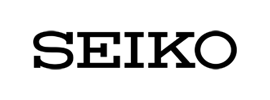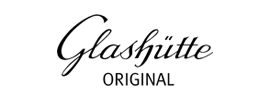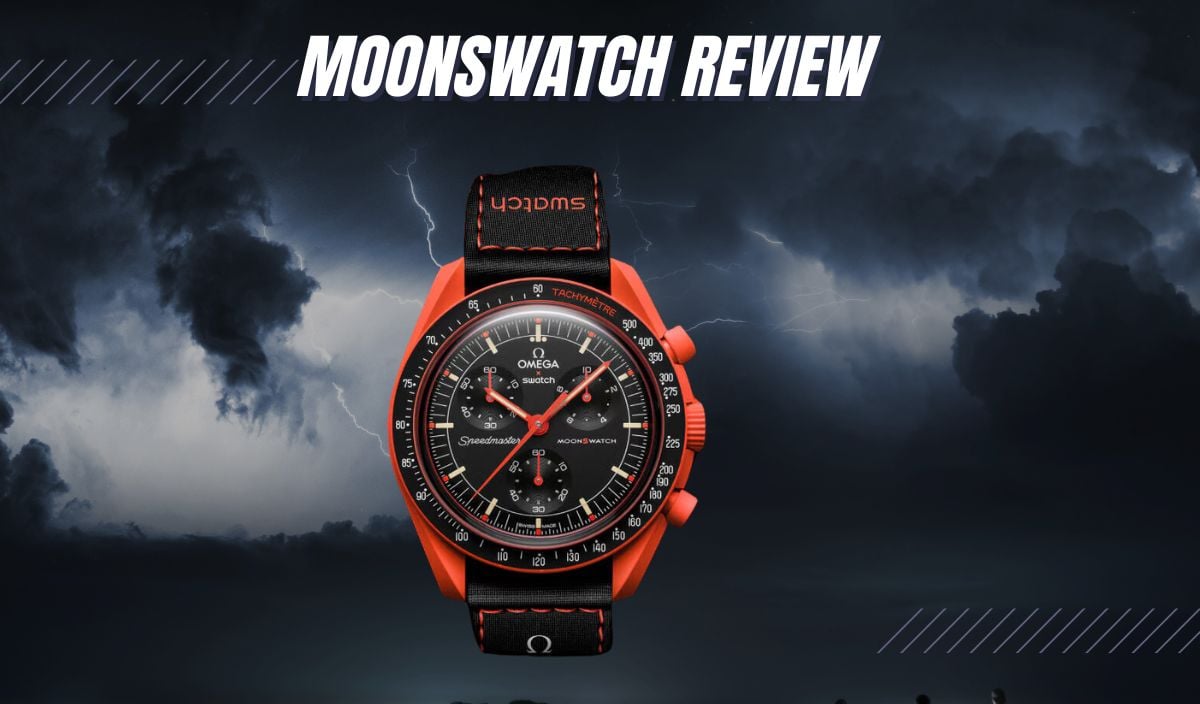
Omega X Swatch MoonSwatch Review: Just Plastic or Fantastic?
Unless you were living on, say, the moon in March 2022, you probably heard the pronouncement, “People of Earth, the MoonSwatch has landed.”
After tantalizing teasers leading up to launch day, the Swatch Group and family brand Omega collaborated to pull off one of the strongest power flexes in horological history. They launched an 11-member lineup of colorful quartz wristwatches fashioned after the iconic Omega Speedmaster Professional, which, just in case you haven’t heard the news, was “THE FIRST WATCH WORN ON THE MOON” per the manual wind medallion caseback.
The resulting tsunami inundated not only the watch world but broader culture as well. Thousands who might not have otherwise given analog watches the time of day suddenly camped out overnight and waited in lines stretching several city blocks for a “moonshot” chance at picking up one of the cleverly conceived chronographs that aim to inspire dreams of “Missions to”—or in the case of Earth, “on”—the most recognizable celestial bodies in our Solar System.
In this review, I will cover MoonSwatch mania and the (many!) models while providing a few of my own reflections on owning—and enjoying—two MoonSwatches (Missions to Pluto and Earth) plus a “real” Speedmaster Moonwatch, the manual wind Caliber 3861.
About the Omega X Swatch MoonSwatch Watches
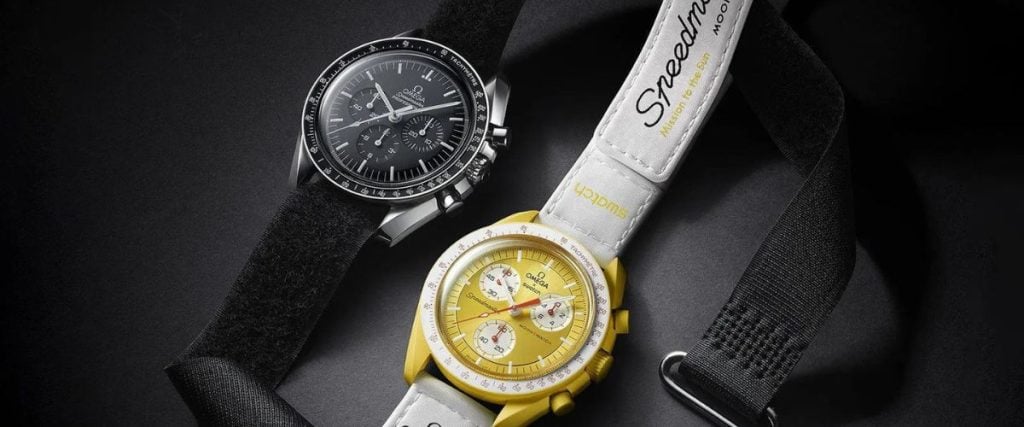
There are enough aliases of the “official” name—the Omega X Swatch Bioceramic MoonSwatch—to fill an F.B.I “Most Wanted Poster”: Omega MoonSwatch, Swatch MoonSwatch, Omega Swatch Moonwatch, Omega X Swatch Speedmaster, etc. Thankfully, the cultural hive mind seems to have settled on simply “MoonSwatch”.
So, what exactly is it: an inexpensive Speedmaster cutting against Omega’s upscale grain, a Swatch continuing the brand’s decades-old tradition of providing fashion-forward and affordable watches, or some “love child” of the two? The answer is pretty fuzzy, leaving it up to individual wearers to define the watch and the experience it creates in their own terms.
Regardless of confusion over its name or reason for being, the MoonSwatch’s core design elements shout, “Omega Speedmaster Professional Moonwatch!” It is a chronograph with 2 pushers and 3 subdials whose case shape and dimensions are almost identical to “the real thing”.
But instead of stainless steel, precious metal, all-ceramic, or titanium, the MoonSwatch case is composed of what Swatch has termed “Bioceramic”, an extremely lightweight plastic-ceramic hybrid that makes for a comfortable wearing experience and plays well with the technicolors necessary to depict a wide range of variegated celestial bodies.
Swatch includes heavily branded, NATO-style VELCRO® straps similar to the ones Apollo astronauts used back in the day to color compliment the cases and dials.
History of Omega X Swatch MoonSwatch Watches
The Swatch brand was founded by a group of Swiss watch executives and engineers in the early 1980s who believed that a line of affordable and accessible analog plastic watches could counter the widespread popularity of digital watches and help regain market share that had been lost to Japanese companies like Seiko and Citizen during the “Quartz Crisis”.
The team envisioned inexpensive battery-powered watches with colorful and fun designs so affordable they could be disposable or purchased in multiples for a variety of occasions. While many recognize the name as a contraction of “Swiss watch”, “S” also denotes “second” watch, reinforcing the idea of reasonable pricing and replaceability.
Swatch opened their first store in Zurich in 1983 with twelve original models and soon gained widespread popularity. In 1985, new CEO Nicolas Hayek, Sr., and a group of investors took over the brand and created a holding company called Société de Microélectronique et d’Horlogerie, aka SMH.
Swatch continued to pump out new eye-popping models and open stores worldwide. The name was so synonymous with fun and financial success that Hayek eventually renamed SMH the Swatch Group Ltd. in 1998.
Over the years, Swatch Group acquired other more longstanding luxury watch companies such as Omega, Longines, Tissot, Breguet, Blancpain, et al., a recipe for success that enabled all involved to weather the “Quartz Crisis” storm.
The Swatch brand also became synonymous with creative collaborations with artists, fashion designers, and large museums such as the Louvre in Paris and the Metropolitan Museum of Modern Art (MOMA) in New York City that boosted their bold and colorful catalog.
However, Swatch teaming up with another family member, like luxury manufacturer Omega, caught the watch world off guard. Declining Swatch sales figures, the Covid pandemic and the postponement of the 2020 Olympics (Omega is the” Official Timekeeper” and counts on the worldwide exposure), and a strategic aim of generating interest in the “real Moonwatch” among a younger demographic who might someday have the disposable income to purchase one may have all factored into the bold decision.
Swatch Group saw record profits in 2023 and increased interest in the more expensive Omega Speedmaster, although there has been a drop in sales so far in 2024, primarily due to decreased demand for luxury goods in Asian markets.
In March 2022, the MoonSwatches were available for sale only in selected brick-and-mortar stores (the initial promise of “online sales soon” was quickly withdrawn).
This unleashed a worldwide “drop culture” frenzy, including long lines of sometimes rowdy crowds, instant scarcity of an “accessible” Swatch “intended for the masses”, and flippers demanding insane prices in exchange for instant gratification on the secondary market.
Currently, the original eleven MoonSwatches are relatively more available for those who can visit one of the selected Swatch stores, and secondary market prices are much closer to MSRP for many models.
However, Swatch continues to launch “new missions”. The original eleven models that dropped in 2022 doubled in 2023 with rapid-fire releases of limited edition “Mission to Moonshine™ Gold” models. Two “Mission to Moonphase” (aka “Snoopy”) models took off in early 2024, and three more “Mission to Earth” pieces appeared in June 2024.
As of this writing, a limited edition “Mission to the Super Blue Moonphase” is set to blast off for sale August 1-19, 2024 (only after 5:00 pm . . .) at select Swatch stores in honor of that month’s “blue moon” (the collective groan you just heard is that of Swatch store sales associates worldwide).
When it comes to MoonSwatches, you have to count up, not down. That makes 28 references in 2.5 years. “Brand dilution” and “burnout?” Swatch executives simply smile and reply, “Here, hold my beer.” Like the adorable and highly replicating alien Tribbles in the original Star Trek TV series, MoonSwatches just keep on coming.
Omega X Swatch MoonSwatch: An In-Depth Review
Don’t worry—I’m not reviewing all 28 (and counting) MoonSwatch models. But I will cover the essentials that apply to all so you can decide if the MoonSwatch is the rocket you want to hitch a ride on. Let’s light this candle!
Case Sizes and Materials
MoonSwatch design language closely follows that of the Omega Speedmaster Moonwatch itself. The diameter is 42mm, lug-to-lug distance 47.3mm, and thickness 13.2mm, including the domed acrylic crystal, which is embedded centrally with a small, translucent “S”, just like the “Ω” in the Speedmaster Pro. The lugs are “lyre” shaped, and their width is a strap-friendly 20mm.
The case shape is asymmetrical, thicker on the right side to accommodate the pushers. Paired with the round, 39.8mm bezel, the MoonSwatch has a smaller-than-expected look and fit for its 42mm diameter.
There is a tachymeter scale with a matte finish on the bezel (“Dot over 90” for added authenticity!), and a very clever and colorful image of each celestial body on the battery cover on the back of the case. The crown contains a molded “Ω X S” stamp and the pushers are slightly further apart than those of the Omega Moonwatch to accommodate the quartz movement.
Swatch’s coinage of the name “Bioceramic” for the case material has been one of the biggest sources of confusion about the collection. The company describes the material to be 2/3 zirconia ceramic and 1/3 biosourced plastic derived from castor seed oil, leading some to wonder if it’s cheap ceramic or glorified plastic.
As the owner of two MoonSwatches, my take is that it’s more like “plastic-plus”, lightweight for sure, but with a sturdy and premium feel. The case’s matte finish seems to “hold” the color well; I have one tiny chip on the bezel edge of my Mission to Pluto (“honest wear” only, no defect), and I can affirm the color is no mere veneer.
The MoonSwatch’s broad color palette includes vibrant yellow, bright red, light pink, and a pale, “Tiffany blue”, as well as more subdued and traditional hues such as black, gray, brown, and beige. There were reports of “color bleed” on wearers’ wrists from the battery cover images early on, but Swatch apparently fixed the problem in subsequent production batches.
Dials
Swatch takes a little more artistic license with MoonSwatch dials, but the general layout is still unmistakably based on its iconic predecessor. There are three subdials, but instead of the 3,6,9 positioning of the Speedy Pro, the MoonSwatch locates them at 2,6,10 to accommodate the quartz movement.
Active seconds are displayed at 6, chronograph timing minutes at 10 (both with markings in 5 unit increments), and 1/10 timing seconds at 2. Subdials are round and inset from the dial face, adding depth, and added artwork on some models, such as Saturn and Jupiter, provide extra aesthetic effect.
Indices and markings are essentially the same as the Omega Moonwatch aside from color, including 1/3 second lines, even though the chronograph timing seconds hand ticks once per second.
There are two dots at 12, just like the original. Branding on the dial helpfully reminds you of the watch’s “mixed heritage” and forms a reverse triangle to the subdials, which adds balance to the appearance. A circular line in the peripheral dial gives the illusion of the Speedy Pro’s “step down” to the seconds track even though the MoonSwatch dial is flat.
The handsets of the main dial and subdials have the same “stick” shapes and “spear & diamond” timing seconds of the Moonwatch, with the exception of Mission to Mars, which gives users a couple of playful red spaceships at 10 and 2.
The hands are lit with Super-LumiNova®, but still, keep your expectations low. Just like the Speedy Pro, there’s enough lume brightness to tell the time but not enough to impress your friends or replace your cell phone flashlight.
Dial colors differ by model and are part of a scheme that includes the case and strap. Whether the colors complement or compete with each other will depend on your tastes and preferences.
Movement
The movement is a quartz chronograph with hours, minutes, active seconds, 60 timing minutes, and seconds, plus 1/10 seconds—we know that much even though Swatch doesn’t outright identify it. However, most believe the most likely movement is an ETA G10.212 without a date complication.
As such, it is more accurate than a mechanical Caliber 3861, even with the latter’s +5 seconds/day Master Chronometer certification. We just don’t know exactly how much more precise, given the movement’s cloaked identity. Caliber Corner deduces it to be +/- 10 seconds per year. My own very unofficial experience with my two MoonSwatches has been a very tight +1-2 seconds/month.
I learned something cool about the movement that I didn’t know until I did the research for this review—the MoonSwatch has a split timer that functions as a sort of “rattrapante-lite” without an additional chronograph timing seconds hand.
When timing an event, if you want a split or lap time, you can press the bottom pusher to get minutes, seconds, and 1/10 seconds. Press the bottom pusher again, and the timing seconds hand “catches up” to the elapsed time since the start. Press the top pusher when the event is over, and you have your total elapsed time up to 59:59.90. Now that’s a feature that even the Apollo astronauts didn’t have!
Straps
Each MoonSwatch comes with a heavily branded, color-coordinated, nylon NATO-style VELCRO® strap similar to the ones Apollo astronauts used to secure their Speedy Pros on the outside of their space suit sleeves.
For the mere earthbound rest of us, the strap has the advantage of precise fitting and “on the fly” adjustment if your wrist swells during the day. From my personal experience, the strap is a little stiff at first, but it becomes more flexible with time. Also, the strap can get a little sweaty underneath in hot and humid weather.
Fortunately, the lug width is 20mm, so the MoonSwatch fits the definition of a “strap monster”. I enjoy wearing my Mission to Earth on a traditional double pass blue and green fabric NATO strap and my Mission to Pluto on a curved, integrated gray rubber strap. There is a plethora of aftermarket options available if you want a break from the OEM strap.
Most Popular Omega X Swatch MoonSwatch Models
Facts: 1) All MoonSwatches appeal to some; 2) Some MoonSwatches appeal to more than others. Here are five of the most popular.
Omega X Swatch Mission to the Moon
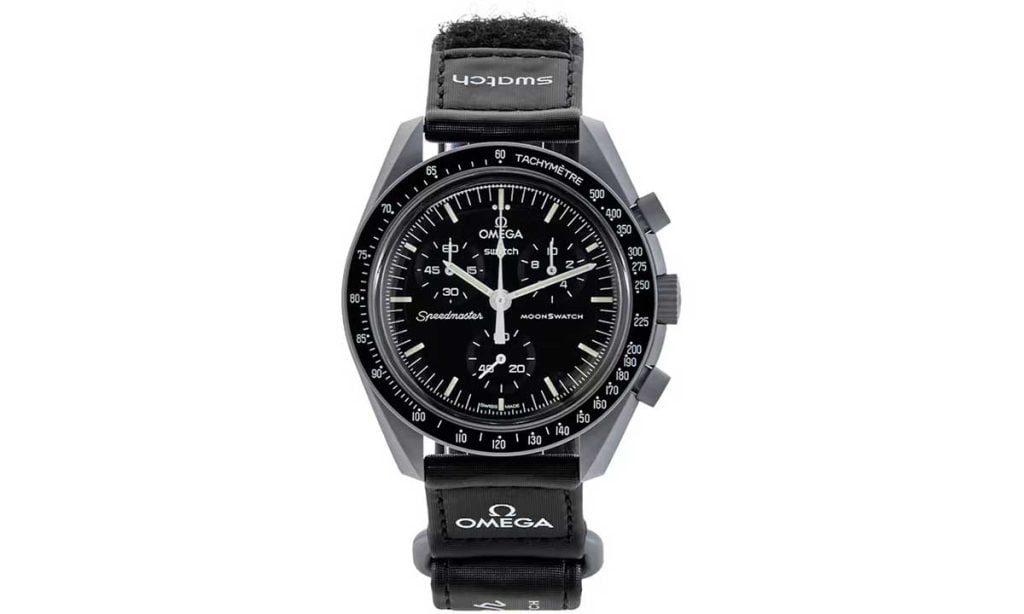
What can you say about the MoonSwatch, which is named after and most closely aligned with the “OG”? Mission to the Moon is the one that everyone wants to get their hands on and may be willing to camp all night for.
Explore the
Biggest Pre-Owned Collection of Luxury Watches
True to its black and steel gray roots, the Mission to the Moon has “The Right Stuff” to produce a 1960s Apollo vibe. Even the hour indices have a hint of faux patina to amplify the retro groove. This model is so old-school NASA, I bet Buzz Aldrin wears one on each wrist.
Omega X Swatch Mission to Mars
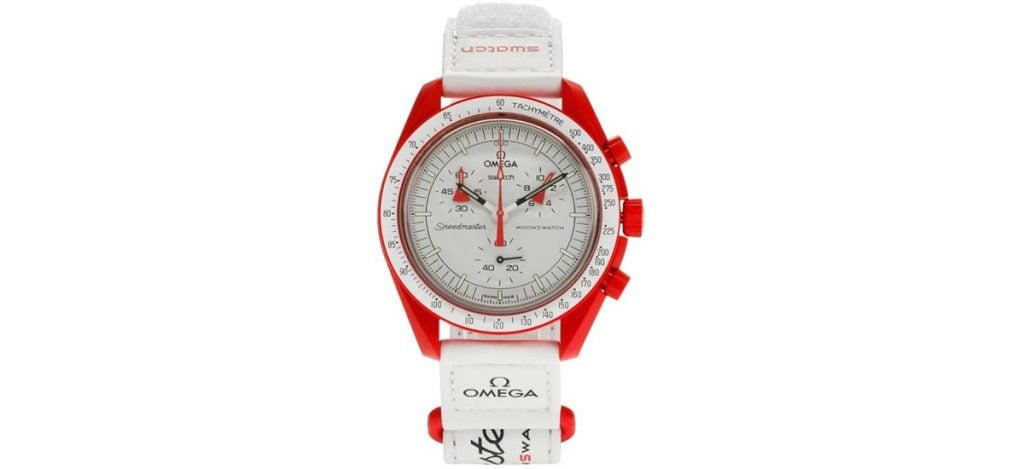
With its bright red case, white dial and strap, and red retro rockets, Mission to Mars has the most eye-catching contrast if that’s your jam. Speedy enthusiasts immediately recognized the nod to the Omega Speedmaster Alaska Project, a quirky and innovative limited-edition release of 2008 which fused a standard Moonwatch with a ginormous red “heat shield” designed to fend off the extreme temperatures of the “Dark side of the Moon” (Earth’s natural satellite, not the Pink Floyd album). If you want someone to spot your watch and strike up a conversation, this one is a go-to.
Omega X Swatch Mission to Uranus

Despite, or possibly because of, the highly likely Beavis and Butt-Head bathroom humor, Mission to Uranus has been one of the most sought-after MoonSwatches. Of course, it may also have something to do with the fact that this pale-blue case, white strap tribute to the Greek god of the sky features one of the most popular colors of recent years in watch circles. You can call it whatever you want—pale, sky, powder, “Tiffany”, or “Carolina”—this shade of blue is hot, and Mission to Uranus is full of it.
Omega X Swatch Mission to the Moon MoonShine™ Gold
In 2023, MoonSwatch Mania came dangerously close to “jumping the shark” and being eaten alive. From March through December, Swatch fed the hype machine with ten extremely limited edition Mission to the Moon Moonshine™ Gold models (for sale one day only in each month) which all had a coating of Omega’s proprietary yellow MoonShine™ Gold alloy on the chronograph timing seconds hand.
Monthly tweaks to the gold veneer included the addition of secret numbers and messages, pink highlights, flowers, snowflakes, Swiss flags, lollipops, barley grain, and strawberries. And that’s not even counting the Mission to Neptune Moonshine™ Gold edition that was released in August. Many asked: Why? Had MoonSwatch, like Icarus, flown too close to the sun?
Omega X Swatch Mission to the Moonphase
The answer came in early 2024. Swatch released both the monochromatic white and black Mission to the Moonphase models featuring a moon phase calendar complication replacing the 1/10 seconds dial at 2, and Snoopy, everyone’s favorite canine-naut, reclining on a rotating lunar disc.
Just like the Apollo 13 crew, Swatch saved the ship. Suddenly, Mission to the Moonphase became the new “must-have” MoonSwatch. There were more coming, of course, but let’s just close our eyes and enjoy Snoopy for a moment, shall we?
Should You Buy an Omega X Swatch MoonSwatch?
Some watch enthusiasts continue to sniff at MoonSwatches and refuse to buy a plastic-ceramic “toy” homage to the iconic Speedy Pro. But I own two MoonSwatches, plus the most current Omega Moonwatch manual-wind Caliber 3861, and I enjoy them all for what they are.
On a trip to New York City in 2023, I managed several trips to the Times Square Swatch Store and scored 5 total, and I enjoyed giving my thirtysomething watch enthusiast sons each one just like I used to bring them home Legos and Playmobil sets from work trips. Take it from me: if you want to live a little and have some fun, go with the flow and queue up for a MoonSwatch when the opportunity arises.
Omega X MoonSwatch Pricing and Availability
The original eleven models and the Mission to the Moon Moonshine™ Gold editions cost $270 retail and the Mission to the MoonPhase models $310. Swatch continues to sell new models only in select Swatch stores.
Secondary market prices for most new models have come down considerably and are currently much closer to retail and even lower for preowned pieces in many cases. However, there is still a substantial premium on harder-to-obtain pieces like Mission to the Moon and MoonShine™ Gold models.
Conclusion
Current CEO Nick Hayek, Jr. has followed in his father’s space boot-sized footsteps and aimed high, pointing the Swatch Group toward the stars. The Blancpain X Swatch Fifty Fathoms releases of 2023-24 are surely a sign of more collaborations to come. Love it or hate it, one has to admit the MoonSwatch was “one giant leap for ‘watchkind,’” and the universe will never be the same again.
About Exquisite Timepieces
Established in 1998, Exquisite Timepieces is your one-stop shop for all things luxury watches! We are an authorized dealer for 60+ luxury watch brands including Omega, Hublot, Seiko, & Longines! We are proud to showcase one of the world’s largest pre-owned watch collections, including renowned brands like Rolex and Patek Philippe. Check out our brand new watch arrivals here and popular pre-owned listings here.











